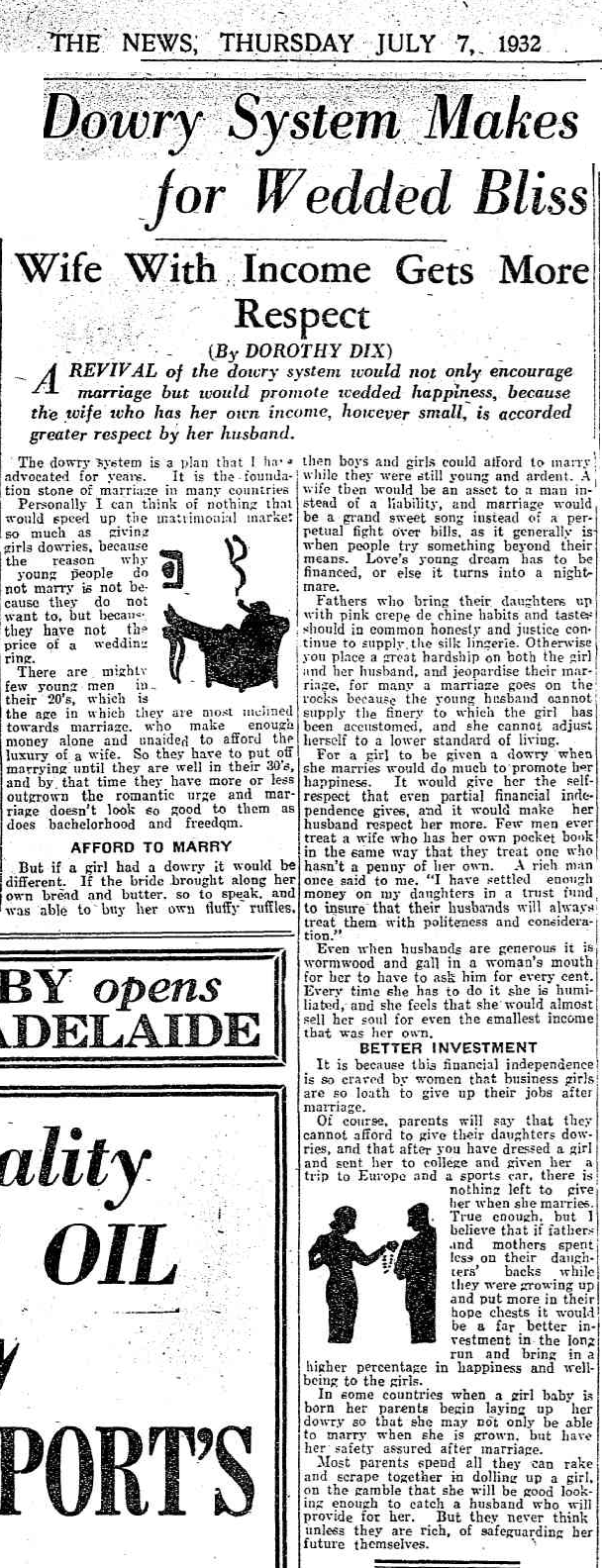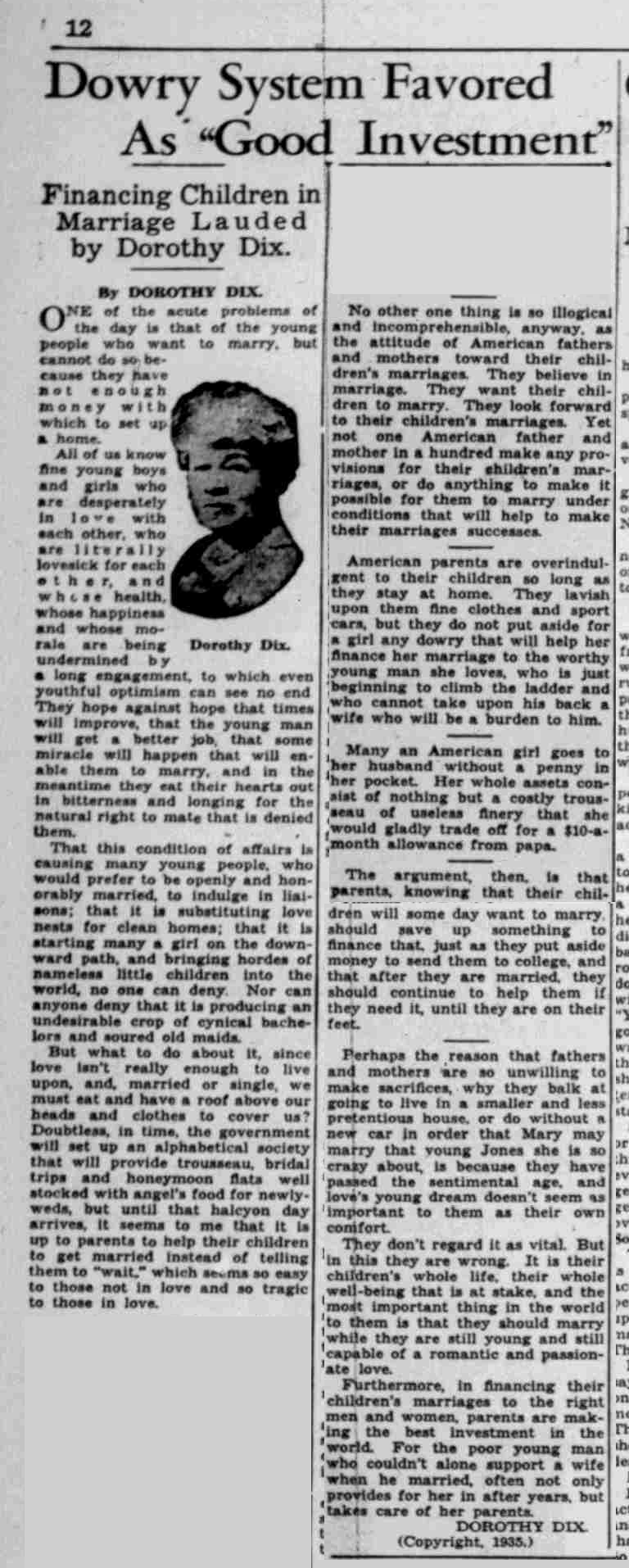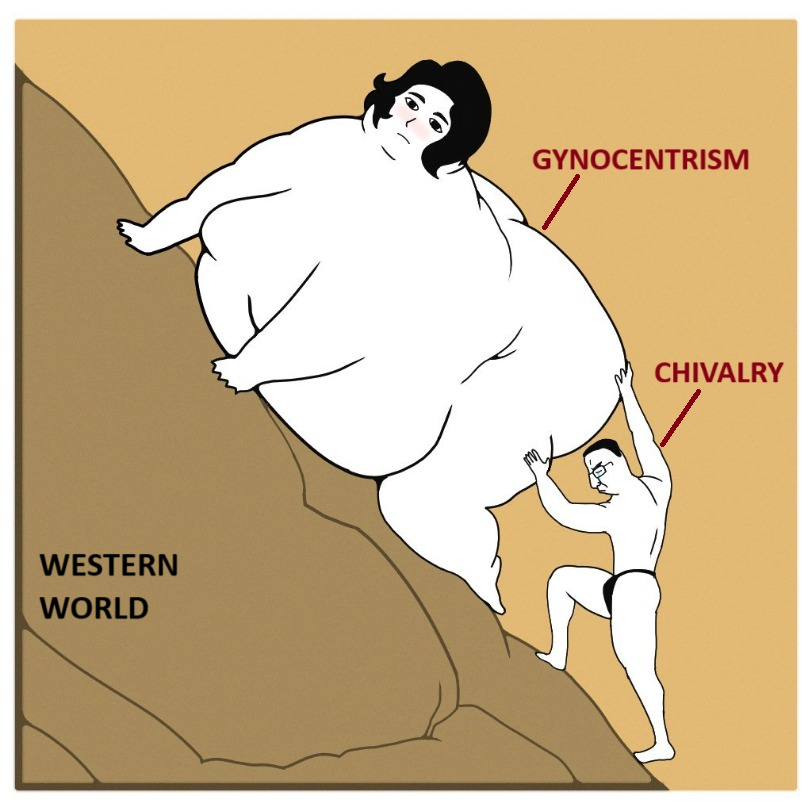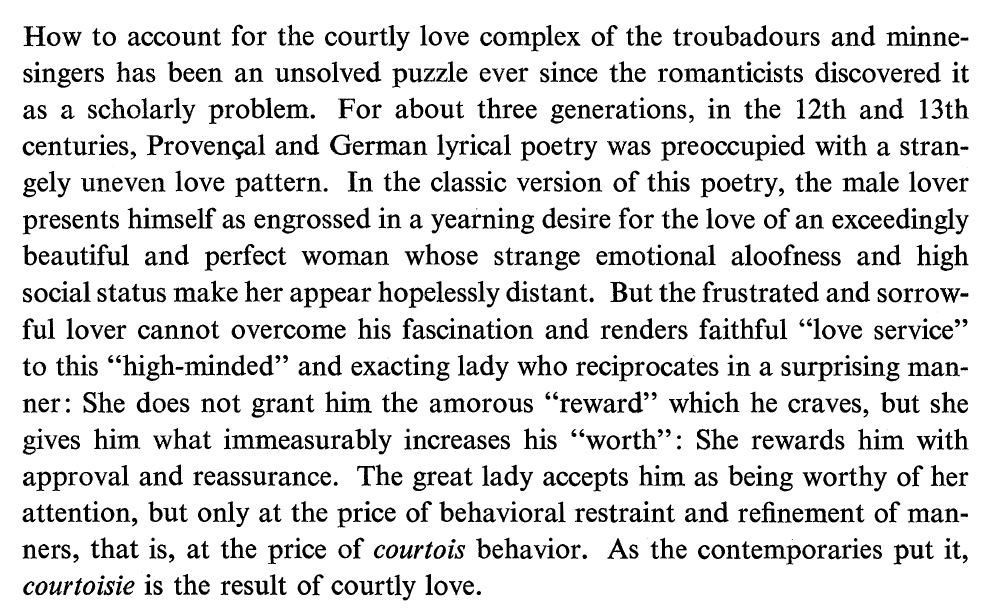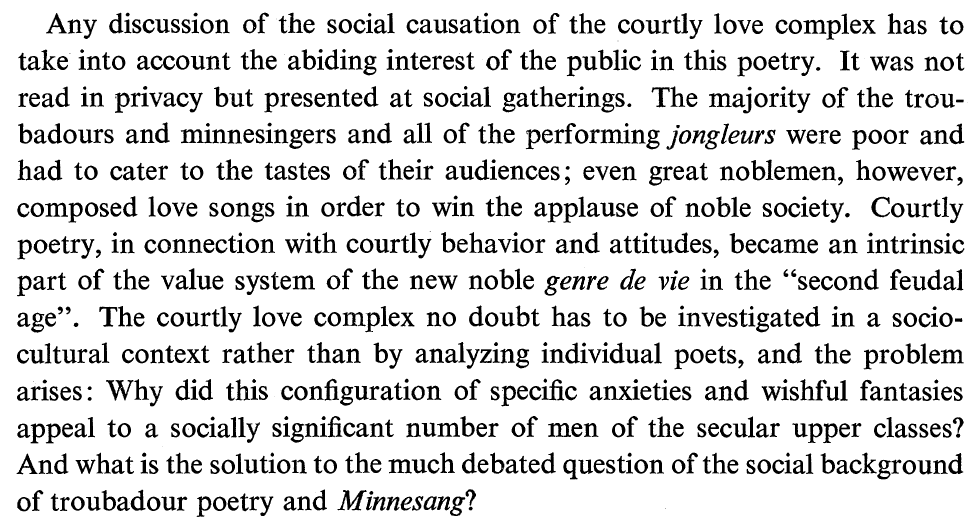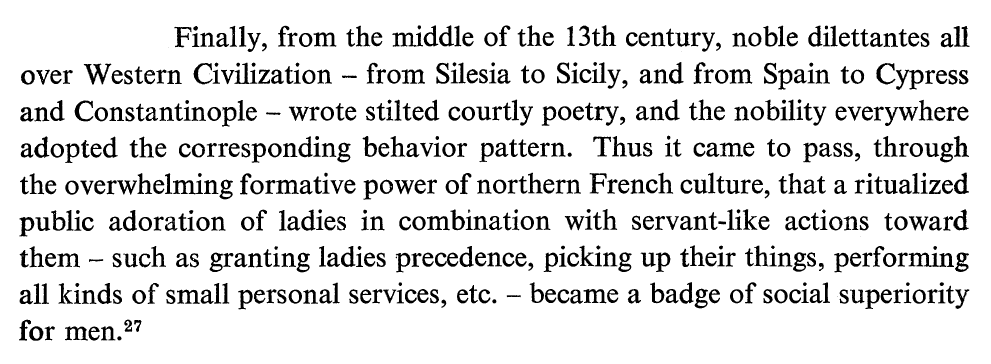The following article by Dorothy Dix was published in the Adelaide News, 7 Jul 1932
* * *
Dowry System Makes for Wedded Bliss
Wife With Income Gets More Respect
BY DOROTHY DIX
A REVIVAL of the dowry system would not only encourage marriage but would promote wedded happiness, because a wife who has her own income, however small, is accorded greater respect by her husband.
The dowry system is a plan that I have advocated for years. It is the foundation stone of marriage in many countries. Personally I can think of nothing that would speed up the matrimonial market so much as giving girls dowries, because the reason why young people do not marry is not because they do not want to, but because they have not the price of a wedding ring.
THERE are mighty few young men in their 20’s, which is the age in which they are most inclined towards marriage, who make enough money alone and unaided to afford the luxury of a wife. So they have to put off marrying until they are well in their 30’s, and by that time they have more or less outgrown the romantic urge and marriage does not look so good to them as does bachelorhood and freedom.
AFFORD TO MARRY
But if a girl had a dowry it would be different. If a bride brought along her own bread and butter, so to speak, and was able to buy her own fluffy ruffles, then boys and girls could afford to marry while they were still young and ardent. A wife would then be an asset to a man instead of a liability, and marriage would be a grand sweet song instead of a perpetual fight over bills, as it generally is when people try something beyond their means. Love’s young dream has to be financed, or else it turns into a nightmare.
Fathers who bring their daughters up with pink crepe-de-chine habits and tastes should in common honesty and justice continue to suppy the silk lingerie. Otherwise you place a great hardship on both the girl and her husband, and jeopardise their marriage, for many a marriage goes on the rocks because the young husband cannot supply the finery to which the girl has been accustomed, and she cannot adjust herself to a lower standard of living.
For a girl to be given a dowry when she marries would do much to promote her happiness. It would give her the self-respect that even partial financial independence gives, and it would make her husband respect her more. Few men ever treat a wife who has her own pocket book in the same way that they treat one who hasn’t a penny of her own. A rich man once said to me, “I have settled enough money on my daughters in a trust fund to ensure that their husbands will always treat them with politeness and consideration.”
Even when husbands are generous it is wormwood and gall in a woman’s mouth for her to have to ask him for every cent. Every time she has to do it she is humiliated and she feels that she would almost sell her soul for even the smallest income that was her own.
BETTER INVESTMENT
It is because this financial independence is so craved by women that business girls are so loath to give up their jobs after marriage.
Of course, parents will say they cannot afford to give their daughters dowries, and that after you have dressed a girl and sent her to college and given her a trip to Europe and a sports car, there is nothing left to give her when she marries.
True enough, but I believe that if fathers and mothers spent less on their daughters’ backs while they were growing up, and put more in their hope chests, it would be a far better investment in the long run and bring in a higher percentage in happiness and wellbeing to the girls.
In some countries when a baby girl is born her parents begin laying up her dowry so that she may not only be able to marry when she is grown, but have her safety assured after marriage.
Most parents spend all they can rake and scrape together in dolling up a girl, on the gamble that she will be good looking enough to catch a husband who will provide for her. But they never think unless they are rich, of safeguarding her future themselves.
